Shotgun Shooting
How to look after your dog on shoot day
The evening before a shoot most of us will be making sure that we have everything packed and ready for the big day. Guns have been cleaned, cartridge bags filled to the brim, coats, hats, and boots are ready and placed next to the door. Now, those of us with gundogs should also be thinking about what they may need to make sure they enjoy their day as well. It is easy to forget that gundogs are canine athletes, and they need to be looked after properly during a shoot day to ensure they perform at the highest level.
//To Feed Or Not To Feed…That Is The Question?//
There is quite often a debate as to whether a dog should be fed before it works or after. Personally, I always feed my dogs on the morning of a shoot although I do not give them a full ration. More importantly, it should be understood that dogs function based on their reserves, so how well you train and pre-season feed your dog matters most. On the day of the hunt, having an over-full stomach before exercise is not a good plan. When you feed before the dog starts work, you do get a rise in blood glucose and this will support exercise, but only in the very short term and it may lead to hindering reserve use. I would suggest a small meal, no more than one third of daily diet, say couple of hours pre work and then feed the balance as soon as you can after work once the dog has cooled down.
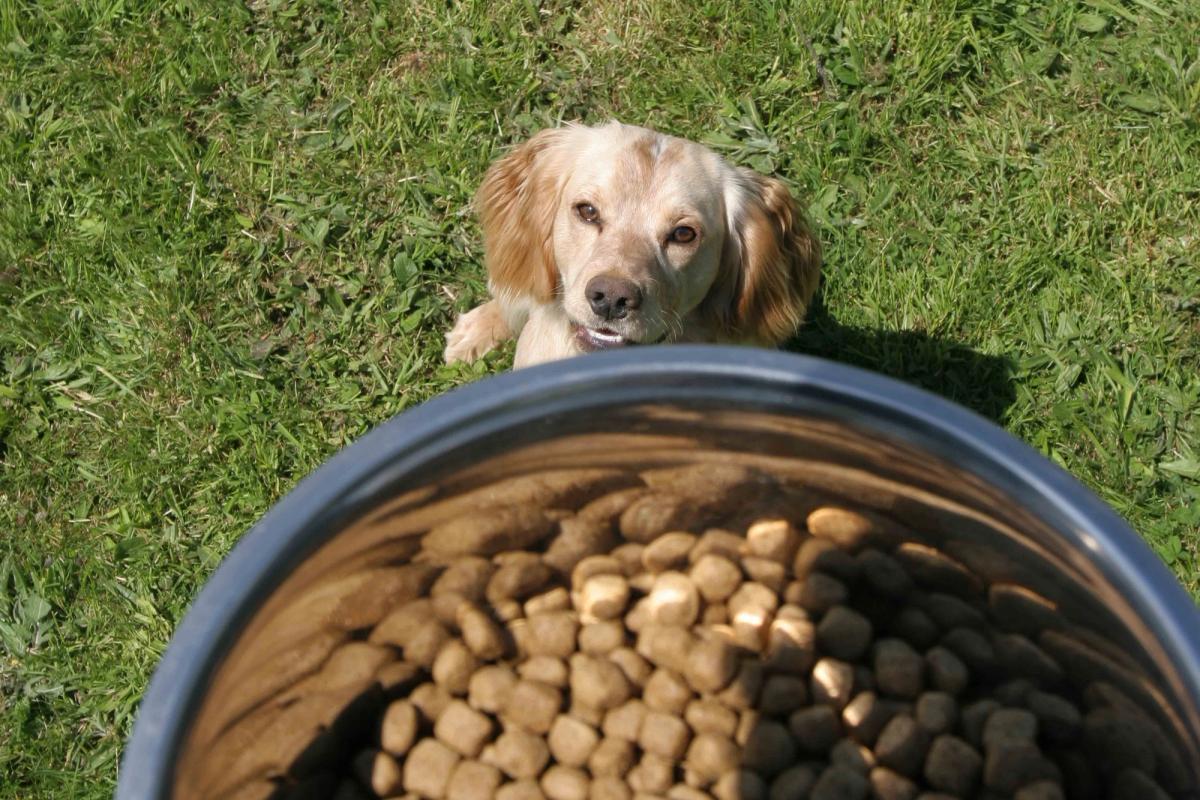
Time To Top Up
Just like humans, during a strenuous hunt the dog’s reserves will diminish and so I am an advocate of giving a small high energy snack at lunch time and I have found it to be a highly effective way of topping up their energy levels without overfilling their stomachs. There are plenty of options available from specialist dog-feed companies and although we have gundogs, it is well worth looking at some of the products that are used by the husky or canicross racing handlers. These dogs work at a high energy rate and are required to sustain a high level of work, exactly how we expect our gundogs to perform in the field. A note of caution though, I have known handlers to give their dogs chocolate to boost their energy but be aware that chocolate can be fatal to canines, just 14 grams per half a kilo of body weight may put dogs at risk for chocolate poisoning.
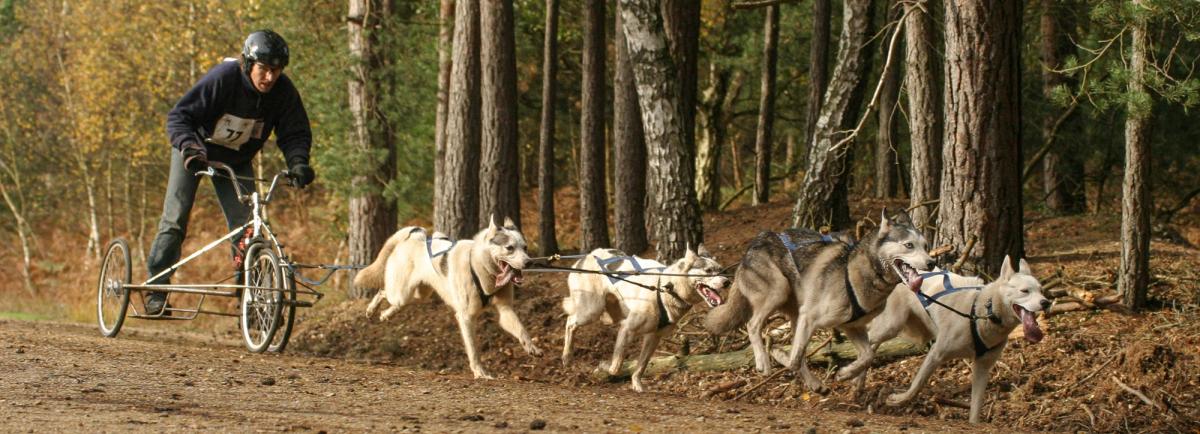
Water Warning
The biggest thing to watch out for is dehydration, especially when hunting with the dogs during autumn when the weather can be still quite warm. Dehydration in dogs occurs when the body loses more fluid than it’s taking in. It is normal for a dog’s body to gain and lose water throughout the day. Panting, breathing, urinating, defecating, and evaporation through the paws (dogs do not sweat in the same way humans do); this all contributes to normal water loss, which your dog compensates for by eating and drinking. There are signs to look out for and it is well worth be aware of them:
Loss of skin elasticity
- Lo

//Post-Shoot Regime//
If you are lucky, your gundog will be a constant shooting companion for ten years or more and as they get older, their joints will start to show the strain of years of hard work. The one thing you can do to ensure that they do not suffer from the early onset of arthritis or joint problems is to make sure you have a good post-shoot-day regime. Simply by virtue of the time of the year we are out shooting, our dogs will get wet and as a result when they finish working, they can get cold quickly, especially the breeds with finer coats.
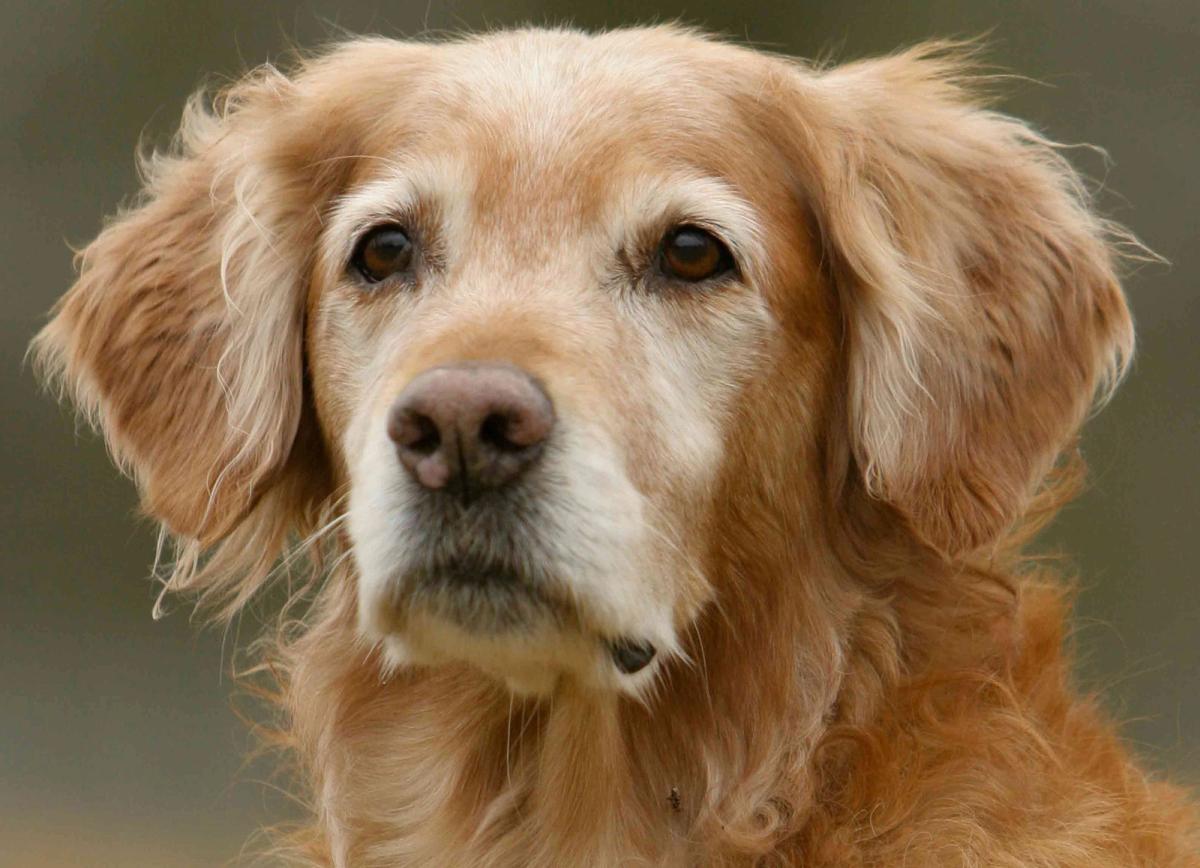
Rug Up Well
My routine is always the same: I dry the dogs off using microfibre towels (I find these to be the most efficient at removing surplus water), I then check all their paws for thorns, stones, and cuts, and lastly I run my hands all over their bodies taking particular care to check under their legs. We have a lot of barbed wire in the UK and on more than one occasion I have found a tear right under the “armpit” of the dog’s leg. It would have gone unnoticed and may well have gotten infected had I not had a regular regime. Once the dog has been dried off and checked over, I then put a drying coat on them. I like to use one that covers all their body and underside, this not only draws the remaining dampness out from their fur, it also keeps them nice and warm and by the time I get home, they are completely dry.
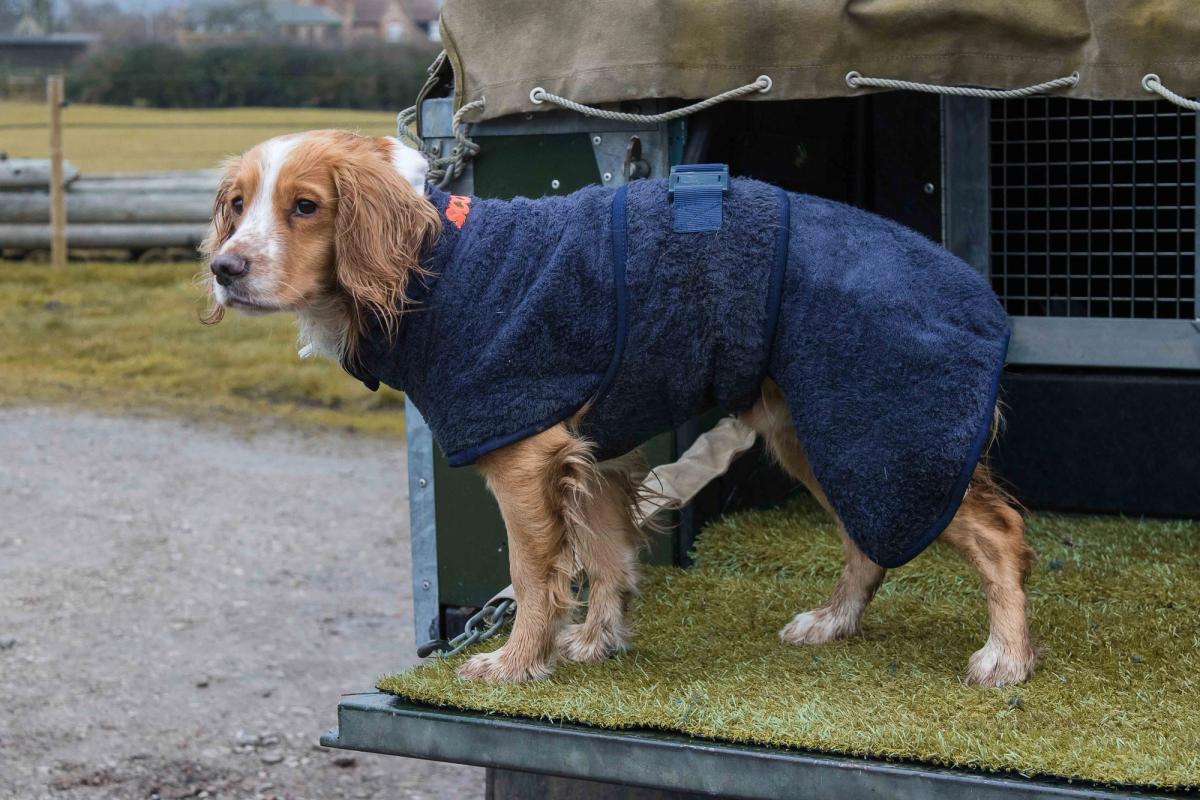

We invest a lot of time and effort into training our gundogs and they work relentlessly for our enjoyment and all things being equal will give us many years of faithful companionship. We owe it to them to do our best to look after them during our forays into the countryside in pursuit of our chosen quarry.
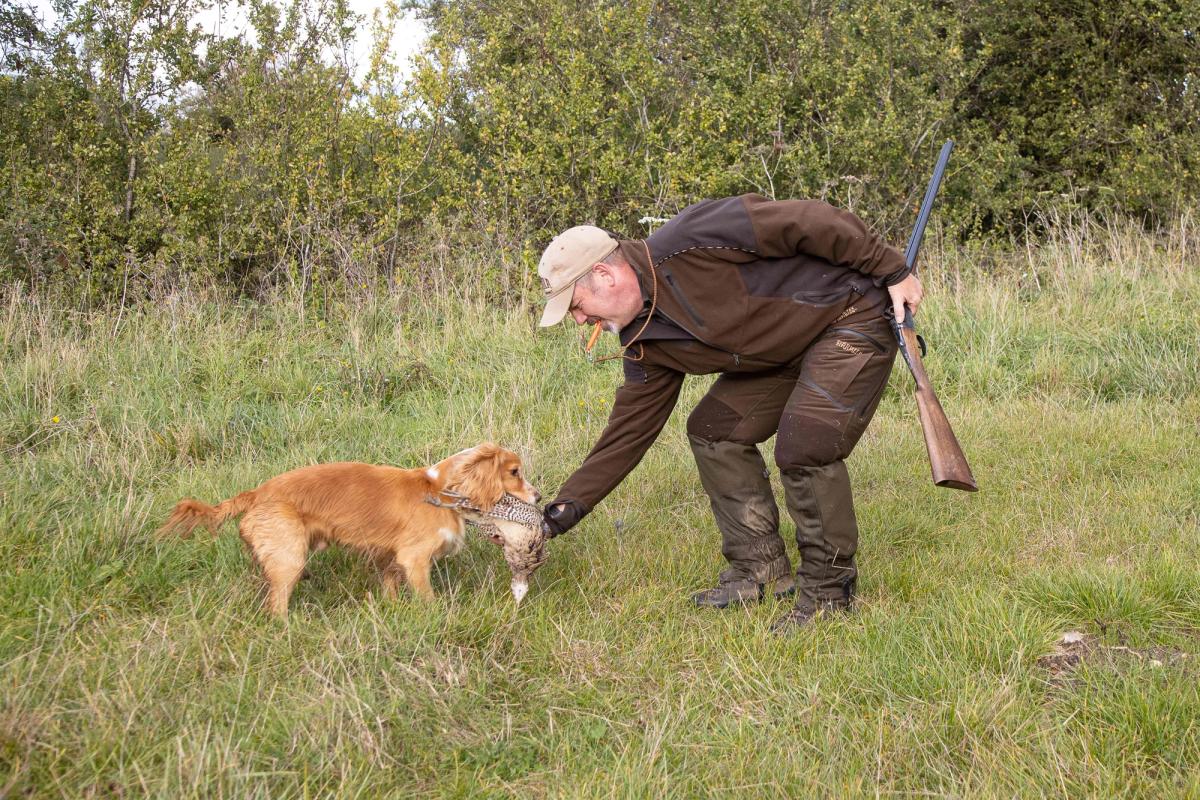
// Written in corporation with Nick Ridley, who is a steady contributor to a handful of British hunting magazines. He is one of Great Britain’s leading gundog photographers and an experienced gundog trainer. //